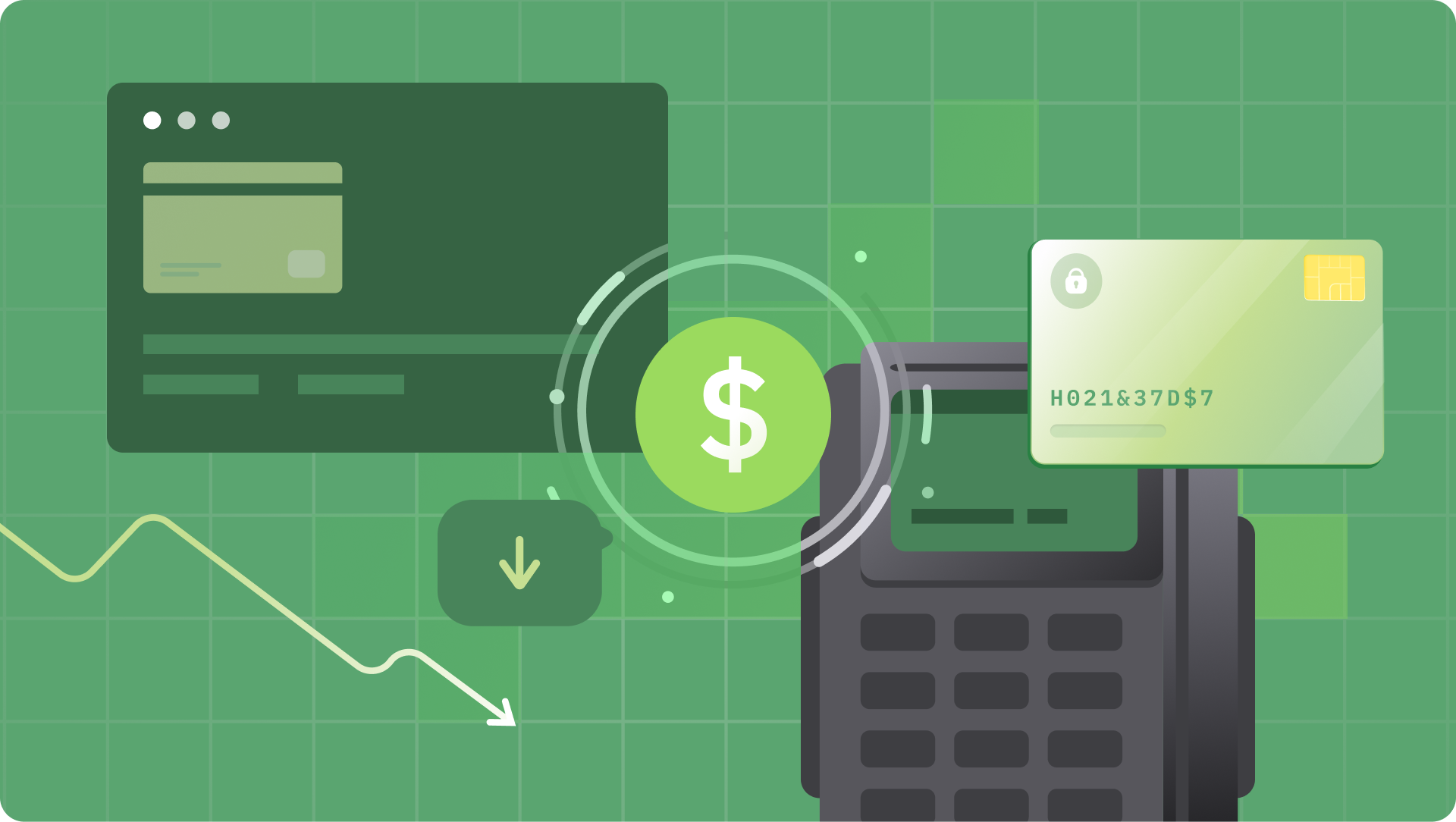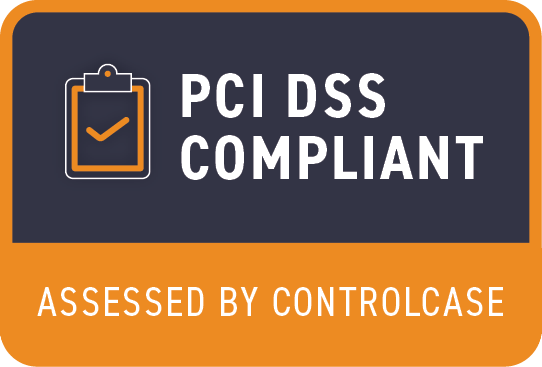The checkout process is the culmination of a user's journey through your website or app, and the payment methods they encounter during checkout can either be a smooth, seamless experience or a potential blocker. Picture this: You've put in hours of hard work, creating a stunning website or developing a really cool app. You've perfected the user interface, fine-tuned the user experience, and now it's time for the grand finale – the checkout page. The choice of payment methods at this critical juncture can make or break your conversion rates, customer satisfaction, and ultimately, your bottom line.
In this blog post, we're diving deep into the intricacies of the payment methods landscape. We'll explore why understanding this landscape is vital for businesses of all sizes and industries. From trends in diverse global markets to the advantages of offering various payment options, we'll uncover how this knowledge can empower your business. Let’s jump right in!
Importance of Payment Methods
There is no one size fits all solution when it comes to payment methods. While cards and digital wallets dominate in some regions bank transfers, and even cash based payments dominate in others. This is a result of a number of factors like the robustness of the local banking system, size of the unbanked population, customer trust, convenience etc. Payment method coverage becomes super important to be able to transact with these markets
Improving Conversion Rates
Offering a variety of payment methods can significantly boost your conversion rates. Customers have diverse preferences when it comes to payment, and catering to these preferences can reduce cart abandonment rates and increase sales.
Managing Fraud and Risk
Different payment methods come with varying levels of security and fraud risk. Understanding these nuances allows you to implement robust fraud prevention measures and protect your business and customers from potential threats.
Saving Payment Processing Costs
Payment processing fees can eat into your profit margins. Choosing the right mix of payment methods can help you minimize these costs and optimize your financial operations. Bank debits for example are much cheaper to process than cards
Payment Method Types
To navigate the payment methods landscape effectively, it's essential to acquaint ourselves with the major payment method types. Each type has its unique characteristics and serves different purposes.
Credit and Debit Cards
These are the OG online payment methods. Credit and debit cards, like Visa, Mastercard, and American Express, offer convenience and familiarity to users. They are widely accepted and trusted, making them a must-have for any online business.
Digital Wallets & Buy Now Pay Later
Digital wallets like PayPal, Apple Pay, and Google Pay have gained popularity for their ease of use and enhanced security. Users link their bank accounts or cards to these wallets, allowing for swift and secure payments with a single tap.
Bank Transfers
Bank transfers involve the direct transfer of funds from a user's bank account to the merchant's account. While this method may take longer than card payments, it's preferred by customers who prioritize security and don't want to share card details.
Bank Debits
Unlike bank transfers, bank debits authorize merchants to withdraw funds from a customer's bank account for recurring payments, such as subscriptions. It's a convenient option for businesses offering subscription-based services.
Bank Redirects
Some payment methods redirect users to their online banking portals for payment authorization. This is common in regions where online banking is widely used. It offers a secure way to complete transactions.
Real-Time Payments
Real-time payment methods, such as Immediate Payment Service (IMPS) in India or FedNow in the US, provide instant transfer of funds between banks. They're ideal for businesses that require rapid payment confirmation.
Understanding these payment method types in the context of your payment use cases equips you with the knowledge needed to cater to a broader audience and optimize your checkout process. It is also important to understand if these payment methods support recurring payments, refunds, disputes and any other use case you might require for your business. But how do you pick the right payment method for your business?
How to Choose the Right Payment Methods for Your Business?
Selecting the ideal payment methods for your business requires a thoughtful approach, taking into account various parameters like user preference, processing fee, transaction volumes, ticket size, fraud rates etc. Let's explore how to make this crucial decision based on your business type:
For E-Commerce Businesses
E-commerce businesses often deal with a diverse customer base. To cater to this audience effectively, consider the following parameters:
Demographics: Analyze your customer demographics to identify their preferred payment methods. For instance, younger consumers might lean towards digital wallets, while older customers may prefer credit cards or bank transfers.
Customer behavior: e-commerce sites tend to have high bounce rates with certain product categories. It is hence important to pick payment methods that require very low effort from your customers in addition to a very high success rate.
Global Expansion: If you plan to expand internationally, research payment preferences in your target markets. Offering local payment methods can boost trust and conversions.
Security Measures: E-commerce transactions must be secure. Invest in robust security measures and choose payment gateways with strong fraud protection.
Mobile Optimization: Ensure that your chosen payment methods are mobile browser friendly, as a growing number of customers shop on mobile devices. Especially for purchases redirected from social media ads
Overall recommendation would be to go with cards, wallets and buy now pay later options.
For SaaS Businesses
SaaS (Software as a Service) businesses have unique payment considerations due to their subscription-based model:
Recurring Payments: Since most SaaS businesses rely on recurring revenue, choose payment methods that support subscription billing, such as bank debits or credit cards with automatic renewal.
Free Trials and Upgrades: Implement flexible payment options for free trials and seamless upgrade processes to encourage users to become paying customers.
Security and Compliance: SaaS companies often handle sensitive customer data. Ensure that your chosen payment methods comply with data protection regulations, such as GDPR or HIPAA.
Overall recommendation would be to go for cards, wallets and direct debits. It is better to nudge the customer towards bank debits over cards if your average ticket size is large. (to avoid card processing fees)
For Professional Services
Professional services, including consultants, freelancers, and agencies, require tailored payment solutions:
Invoice Payments: Consider offering invoice-based payment methods for clients who prefer this approach. Integration with accounting software can streamline the invoicing process.
Payment Schedules: Depending on project milestones, offer flexible payment schedules. Some clients may prefer to pay in installments rather than a lump sum.
Client Trust: Build trust with clients by using reputable payment processors and clearly communicating your payment policies and terms.
Overall recommendation would be to provide cards, bank transfers and bank debits. Once again it is best to avoid cards if the ticket size is too large to minimize processing fees.
Embrace diversity
Once you have narrowed down on payment methods, the next step is to identify the best payment processors to facilitate these transactions. Not all payment methods are supported by any single processor and not all processors charge the same fee for processing the same payment method. This decision becomes exponentially tricky when your business has a presence over multiple geographies. The payment method offerings and the success rates vary widely between global and local players. There is room for a lot of optimization when it comes to choosing payment processors but that is a story for another day!








